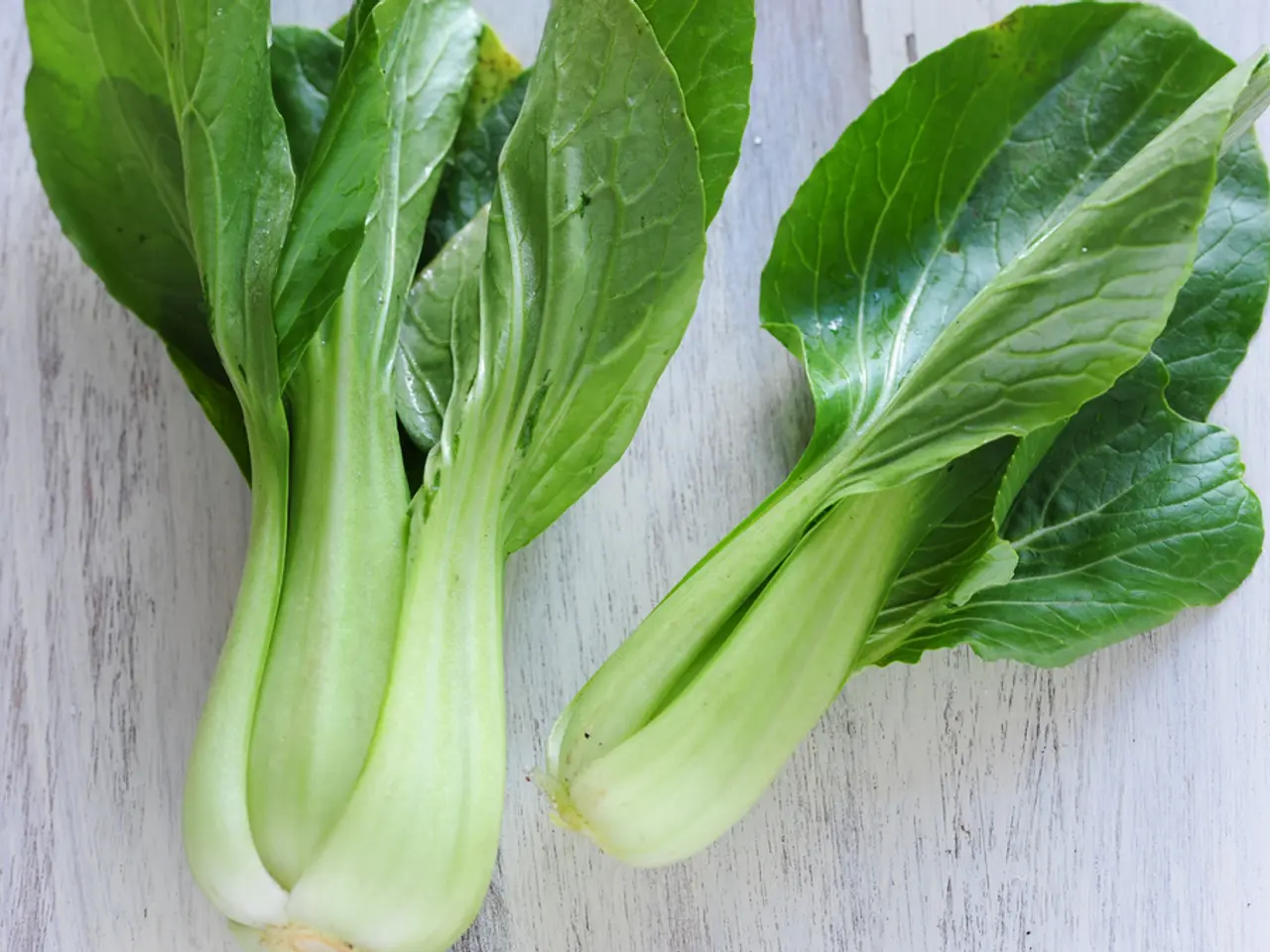Moringa: The Ancient Superfood's Nutritional Prowess Finally Gets Recognition
The humble Moringa tree, hailing from the dry hillsides of Northern India, has long been revered for its nutritional prowess. Often overshadowed by trendy superfoods, Moringa, or 'Moringa oleifera', is finally gaining recognition for its exceptional nutrient profile.
Moringa's claim to fame lies in its staggering vitamin content. It boasts four times more vitamin A than carrots, crucial for maintaining healthy vision and bolstering the immune system. Moreover, it contains seven times more vitamin C than oranges, supporting collagen formation, immune health, and skin vitality.
The tree's leaves are also packed with antioxidants like quercetin, chlorogenic acid, and beta-carotene, which help protect cells from oxidative stress. Notably, Moringa's vitamin E content is particularly high, aiding in skin health and protecting against UV damage. Additionally, it's a rich source of potassium, with more than bananas, and contains four times more calcium than milk and three times more iron than spinach.
Moringa's nutritional prowess extends to blood sugar regulation, making it a beneficial addition to the diet of those with diabetes. Its high vitamin C content also stimulates white blood cell production, further bolstering the immune system.
Originating from the Sub-Himalayan regions of Northern India, Moringa's nutritional superiority over other superfoods like kale is undeniable. With its high protein content, vitamins, antioxidants, and minerals, Moringa is indeed an ancient superfood worth rediscovering.




